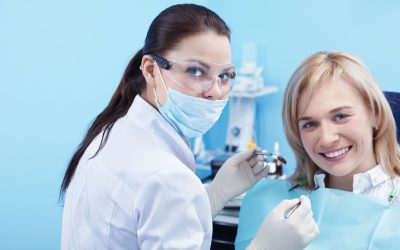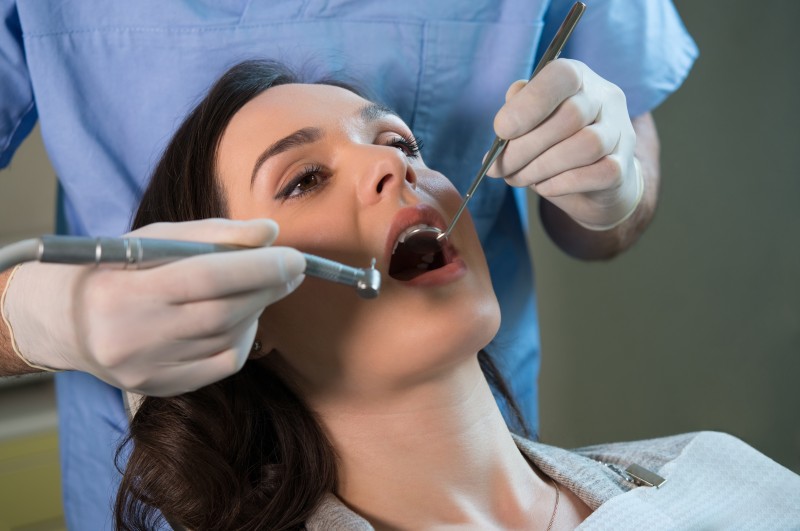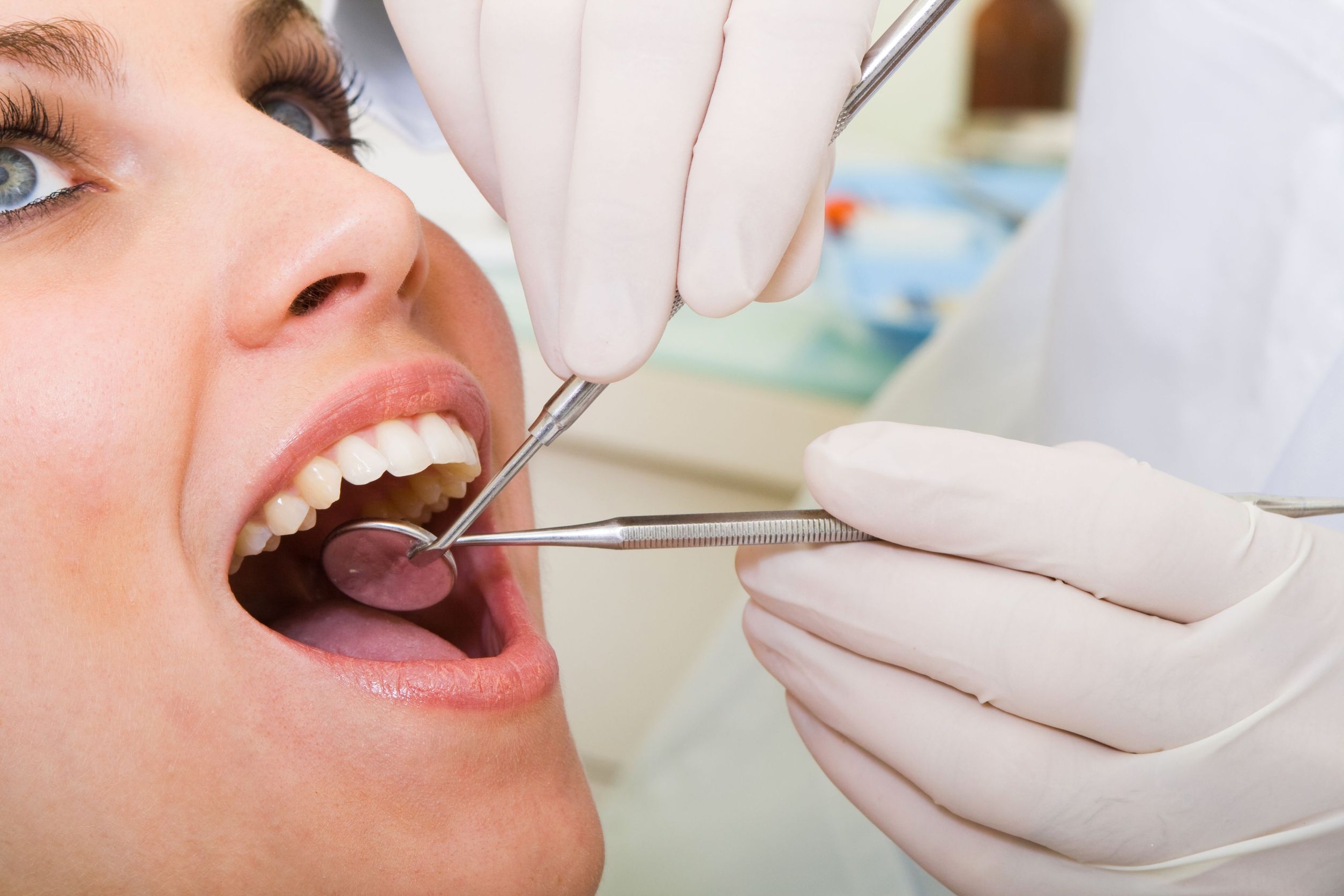Gingival biopsies, also known as gum biopsies or soft tissue biopsies, are performed by periodontists as a means of diagnosing the cause of abnormal tissue. Most dental patients will never need a gingival biopsy, so it shouldn’t be surprising that those that do require this procedure often experience some anxiety before heading to their periodontists. By learning more about what to expect from a Soft Tissue Biopsy in Pinedale, WY patients can assuage some of their lingering fears and better prepare themselves for their appointments; read on to get started.
Types of Biopsy
There are several different kinds of oral soft tissue biopsy. During incisional biopsies, which are the most common of all gum biopsies, periodontists remove small portions of their patients’ abnormal tissues and examine them for signs of cancer. Excisional biopsies, on the other hand, involve the removal of the entire growth without prior evaluation of its cause.
Some patients may also be recommended to a periodontist for percutaneous biopsy, which is performed with a needle, or a brush biopsy. Brush biopsies are by far the least invasive of all these procedures, so it is often the first step periodontists take toward diagnosing the cause of abnormal cells.
Reasons to Have a Biopsy
There are several reasons dental patients may need a gingival biopsy. These include the presence of lesions or sores that are present for more than two weeks, white or red patches, ulcers, persistent swelling, or loose teeth or dentures. In addition to performing a Soft Tissue Biopsy in Pinedale, WY periodontists may also use diagnostic imaging tests such as X-rays, CT scans, and MRI scans to diagnose and stage oral cancer.
What to Expect
Gum biopsies are usually performed as outpatient procedures by periodontists or oral surgeons. The patient will usually receive a local anesthetic to reduce sensation, though those with lesions that are difficult to access may require general anesthesia. Once the affected tissue has been biopsied, patients can go home and return to normal activities and eating patterns on the same day, though the biopsy site may be sore for a few days following the procedure.
Get Started Today
Need to diagnose the cause of abnormal gum tissue? Rock Springs Periodontics can help. Browse the website for additional information or call to schedule an initial consultation today.


